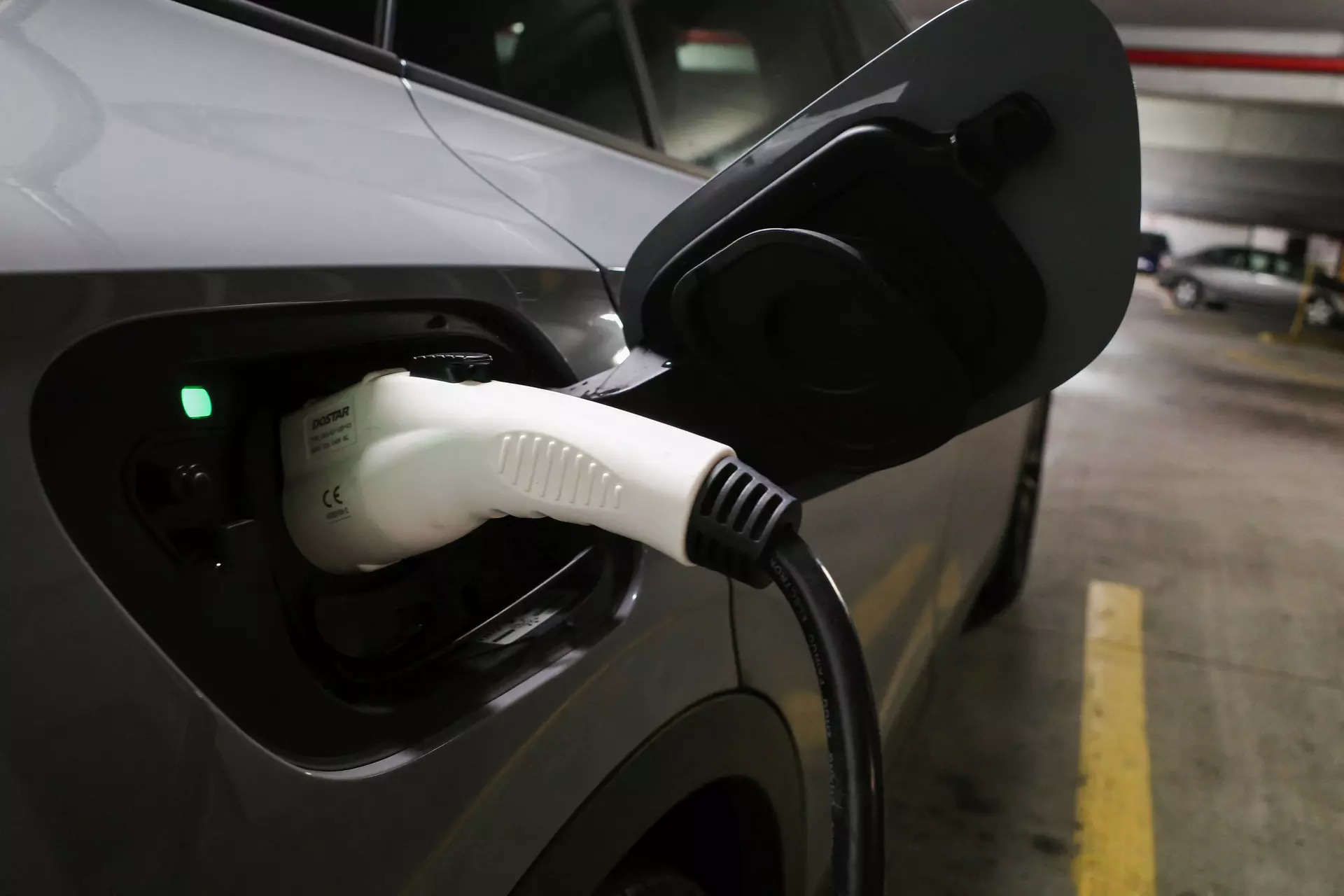
New Delhi: Auto major Tata Motors vouches for government support in the form of subsidies or incentives until the electric vehicle (EV) industry reaches a minimum threshold.
“The global case studies indicate that support for about 20% EV adoption is certainly helpful. It would be good if this is the case in India as well,” Balaje Rajan, Chief Strategy Officer, Tata Passenger Electric Mobility (TPEM), told ETAuto.
“What we see is that once we reach about 20% EV adoption, the customer interest is pretty much locked in. It ensures enough scale and momentum in the market,” he said.
In China, the government has subsidised the producers of EVs for public transport, taxis and the consumer market since 2009. As the EV market matured, purchase subsidies for EV consumers were phased out at the end of 2022.
However, following the adoption of a revised Budget in Germany, its government allowed corporate subsidies for EVs to expire at the beginning of September 2023, and abruptly pulled the plug on a consumer support scheme in mid-December.
At the 63rd SIAM Convention last year, Kamran Rizvi, Secretary, Ministry of Heavy Industries, talked about the role of Government support in the form of subsidies under the FAME scheme. He said that while some countries, like China, and the UK, are withdrawing or reducing EV subsidies, India is continuing to spend more money to support the EV industry.
However, the industry was also encouraged to collectively advance with a subsidy-free business model. The Government is also promoting the adoption of hydrogen technologies as part of its push for clean mobility. “At some point these schemes will come to an end,” he said.
India has a target to reach 30% electrification of vehicles by 2030. According to VAHAN data, which shows vehicle registration in India, 72,321 electric four-wheelers were registered in CY2023 as against 32,260 registered in 2022. Despite the growth, the EV penetration in passenger vehicles stands at less than 2% in India.
Market leader Tata Motors recorded EV sales of 69,153 units in CY2023, marking a year-on-year growth of 59% over 43,451 units in CY2022. Currently, it offers four all-electric models including the Nexon, Tigor (and Xpres-T EV for fleet buyers), Tiago and the Punch.
While Tata sees a strong momentum for EVs, it believes that “there will be (alternative fuel) technologies and category convergence with EVs to make ICE a little bit more benign, for whatever future ICE continues to share with EVs.”
Tata’s strategy to align with charging ecosystem development:
With a target to clock over 75,000 EV sales in FY24, Tata Motors is also trying to be a consolidated player to address the consumer’s charging infrastructure needs.
“We believe in open collaboration and want to provide a single point discovery solution. We have taken a step to be an aggregator for our users, where we will take API’s from the leading charge point operators (CPOs) in India,” Rajan said.
In an internal study by the automaker based on its telematics data, the company has found that over 65% of Indian National Highways network provides chargers at every 100 kilometers around highway food courts. However, there is a lack of visibility and awareness about it.
Highlighting the fact, Rajan said, “There are over 7000 chargers that the public can access today all across India, compared to only about 5900 CNG stations.”
Four years ago, Tata started a unique project called UniEVerse to leverage an ecosystem of group synergies, including companies like Tata Power, Tata Chemicals, Tata Autocomp, Tata Consultancy Services (TCS), Tata Digital, Tata Elxsi and Tata Motors Finance.
Rajan said that Tata Motors has “had a long-term relationship with Tata Power, and continues to kind of work with them closely.”
In December, the maker of Nexon signed a memorandum of understanding (MOU) with five CPOs including Bharat Petroleum, Chargezone, Zeon, Glida and Statiq. TPEM is assisting the five companies in installing chargers at locations most frequented by its EV owners and sharing insights on how the chargers are being used to help understand and enhance customer experience. It is also working to explore the possibility of rolling out a smart payment gateway through co-branded RFID cards that will enable ease of payment for Tata EV users.
















